EXCLUSIVE: Accesso Exec on Office Leasing Strategies That Work
Chief Asset Officer Paul Gaines on the company’s strategies for retaining its tenants.

Over the past five years, the office sector has been constantly adapting to new market needs and economic realities, but office attendance is still far from pre-2020 levels.
Despite a monthly uptick in office-using employment of 31,000 jobs in April, office-using sectors overall were up just 0.2 percent year-over-year, Census data shows. The national office vacancy rate was 19.7 percent as of April, down 20 basis points from the previous month, but up 140 basis points year-over-year, according to a recent CommercialEdge report.
However, mostly fueled by some organizations implementing return-to-office mandates, office renewals and expansion deals are still taking place. Accesso, for example, has signed nearly 112,000 square feet in lease expansions across its mixed-use, office and retail portfolio over the last 12 months. The Florida-based commercial real estate investment manager, owner and operator signed expansion agreements at six of its properties across the Southeast. What was Accesso’s strategy to determine tenants to renew and/or expand their leases?
In an exclusive talk with Commercial Property Executive, Chief Asset Officer Paul Gaines weighed in on office space trends and shared details about how to cater to tenants’ needs today.
What strategies have worked for you so far when it comes to retaining and attracting office tenants? Tell us more about a couple of lease renewals you signed recently.
Gaines: As an owner and operator that facilitates consistent communication with all of our tenants, we’re in an excellent position to address their needs early on in the process so that companies can better determine their long-term space requirements—whether they’re looking to expand, resize, refresh or reconfigure their existing spaces. To that end, we make it a point to contact tenants well before their lease termination dates so that we can understand their future needs and ensure we’re providing a solution moving forward. In many cases, this results in an early renewal. This high-touch communication strategy also plays naturally into attracting new tenants, as prospective firms experience our process and ability to accommodate a wide variety of needs.
READ ALSO: What Office Workers Want the Most
Recent examples include our long-term renewal and expansion for The Imagine Group at Innovation Park in Charlotte, N.C., which involved a close collaboration with the tenant to determine how we could best configure its space to leverage the newly renovated indoor and outdoor areas of the property.
Another example is our expansion for Watches of Switzerland, a British watch retailer, at The Atrium at Broken Sound in Boca Raton, Fla. We were able to work in lockstep with the tenant well ahead of their lease expiration to figure out that they’d need more space in the near future, and we implemented a creative plan to provide it to them.
In your view, how much did return-to-office policies impact the surge in renewals and/or expansions at your properties?
Gaines: It has certainly had a positive influence. Prior to the push for RTO, when the office environment was more uncertain, many tenants were finding themselves in the position of having to find space that would work for them as their leases reached expiration. Spec suites or pre-built spaces designed to be move-in ready without extensive tenant improvements are one solution that addresses tenants’ desires for fresh space configured to their growing needs without having to relocate to a new property. It’s always easier to stay in a current space than move, if at all possible.
Today, as RTO is more common, we remain focused on meeting the requirements of our tenants that have renewals coming up in the next 12 to 18 months. One way to address this without having a tenant wait until its lease expires is to offer ‘blend and extend’ agreements through which a tenant agrees to extend their lease term while negotiating a new, blended rate that combines their current and new rates.
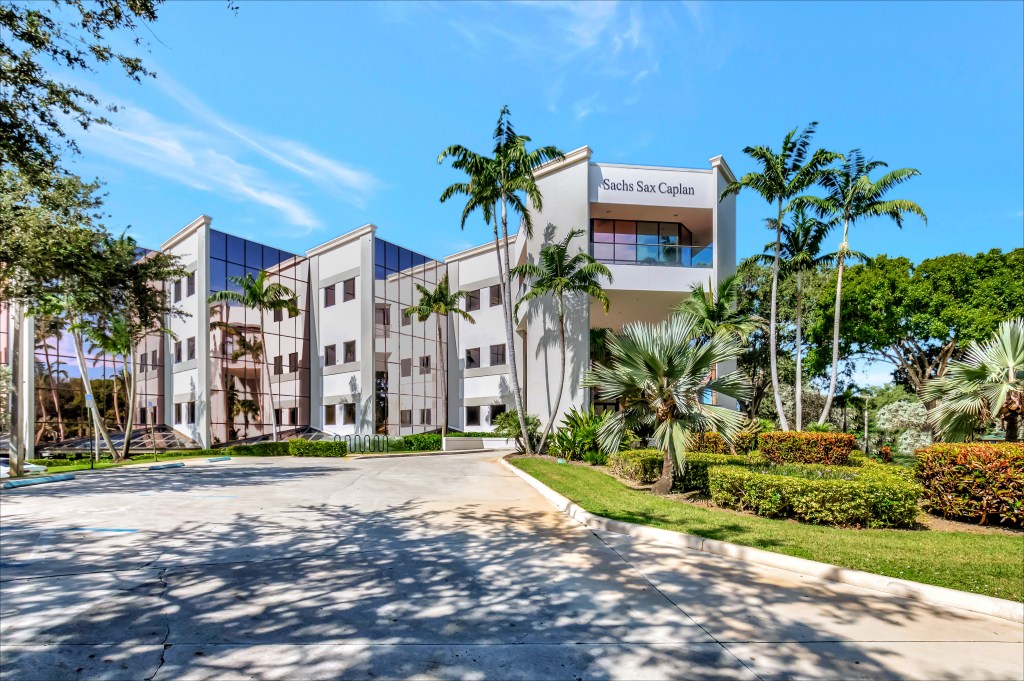
Besides RTO mandates, are there other factors fueling an increase in office leasing activity today?
Gaines: Additional factors fueling leasing activity today include office consolidations for companies determining they need less space; flight to quality for those seeking top-notch office properties and space, which also includes higher-quality amenities; highly competent property management; and general walkability for the property and surrounding area.
What are tenants looking for today? Which markets are more favorable for lease renewals and expansions?
Gaines: Tenants are typically seeking superior assets in suburban environments that include a variety of amenities and also offer nearby restaurants and entertainment. Employees that were previously accustomed to working from home no longer wish to have long commutes, enabling them to live, work and play from the same general area. CBD properties are still in favor, but must have the amenities and walkability to accommodate these tenant preferences.
A few select examples of markets that offer these types of suburban office assets include South Florida, The Research Triangle in North Carolina and Houston.
Tenants expanding at our properties run the gamut in terms of business type and industry, but a few of the most active examples include law firms, financial services firms, engineering companies and defense-related contractors.
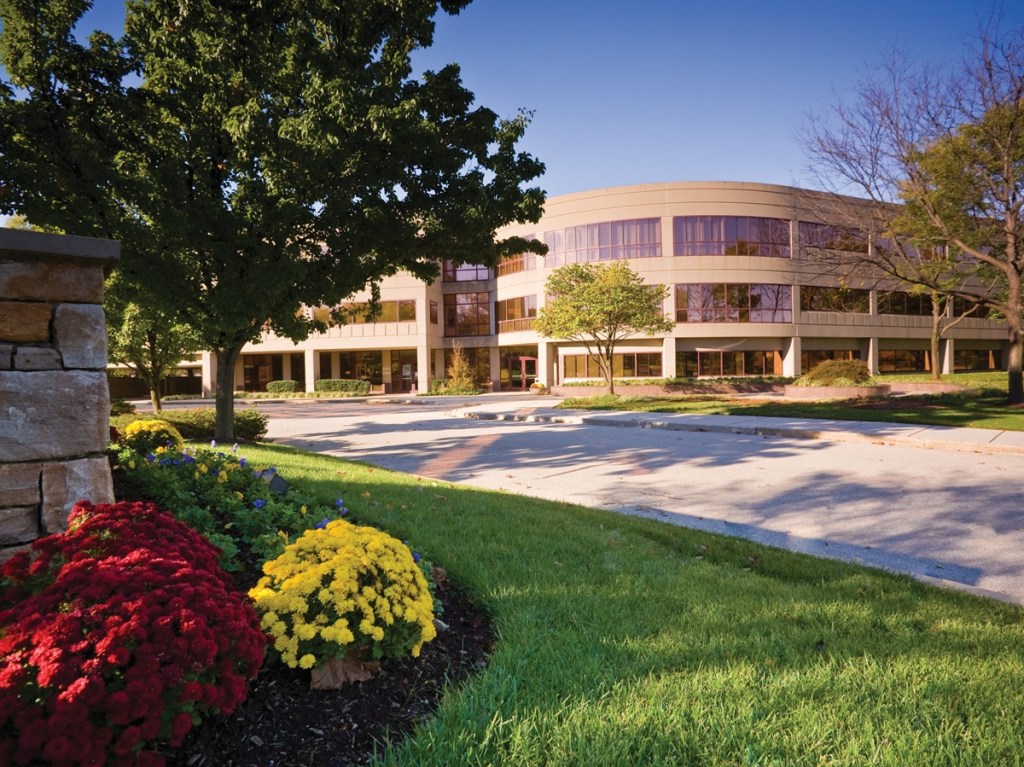
What’s your office leasing strategy in the markets where vacancy remains high?
Gaines: We’ll heavily market our properties. This can include conducting tenant surveys to respond directly to tenant needs and address any concerns. Our goal is to always be an owner that can perform quickly and offer fast response times to proposals, with an unwavering focus on timely lease execution. You must be prepared to produce the product you’re proposing faster than your competition in any market.
Are you investing in your office portfolio to accommodate tenants’ needs?
Gaines: We are actively investing throughout our portfolio to address the flight-to-quality trend. A few of the renovations we’ve targeted include upgrading common areas, modernizing spec suites, expanding conference centers, implementing state-of-the-art fitness centers and reopening cafes and food-related operations. We’ve also focused heavily on increasing tenant events and other activations in an effort to create an environment that employees will feel excited about when they come to work each and every day.
What are your thoughts on the office sector’s evolution over the next several years? Do you expect office leasing to ever return to prepandemic levels?
Gaines: Generally speaking, I do not think it will return to prepandemic levels. Factors contributing to this include ever-evolving technology that enables working from different locations; a younger workforce that sees hybrid work as the norm (the ‘older’ workforce is retiring and the way they conduct business is retiring, as well); excess, less-desirable buildings that will be repurposed into asset classes other than office; and more efficient office layouts that reduce square footage needs so that rates may increase but space costs will be controlled.



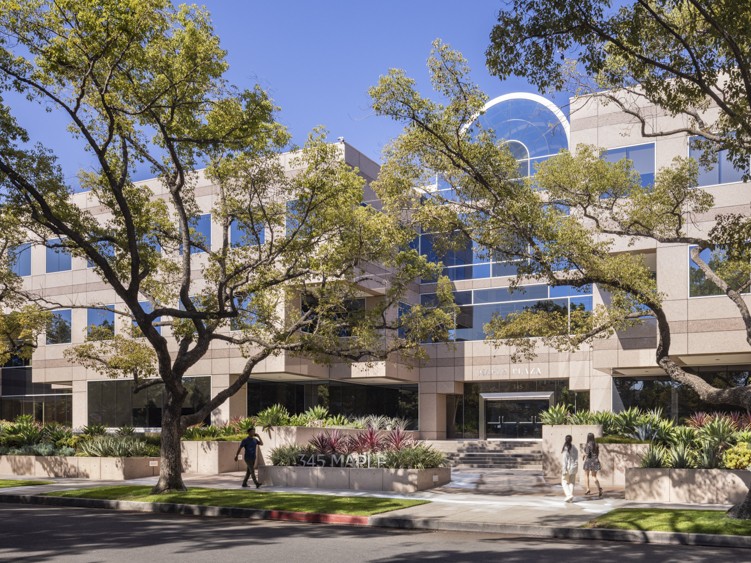
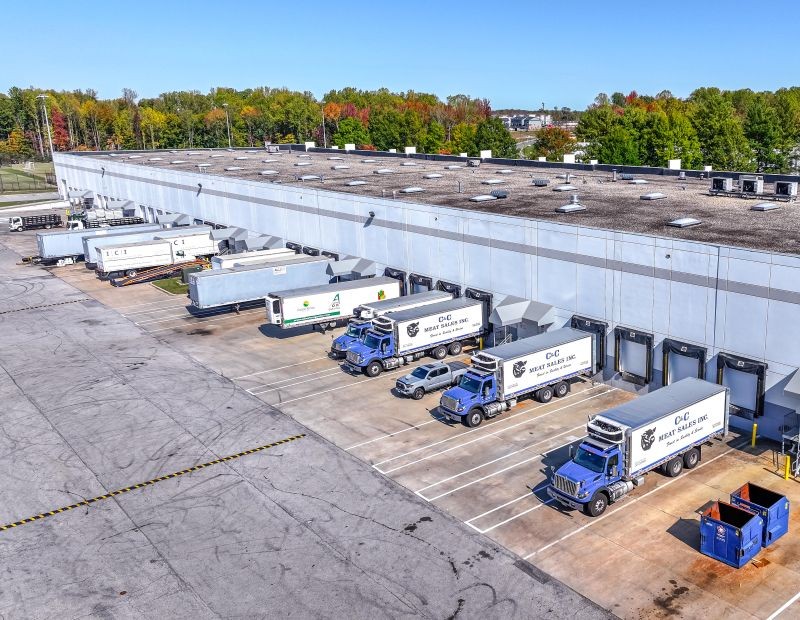
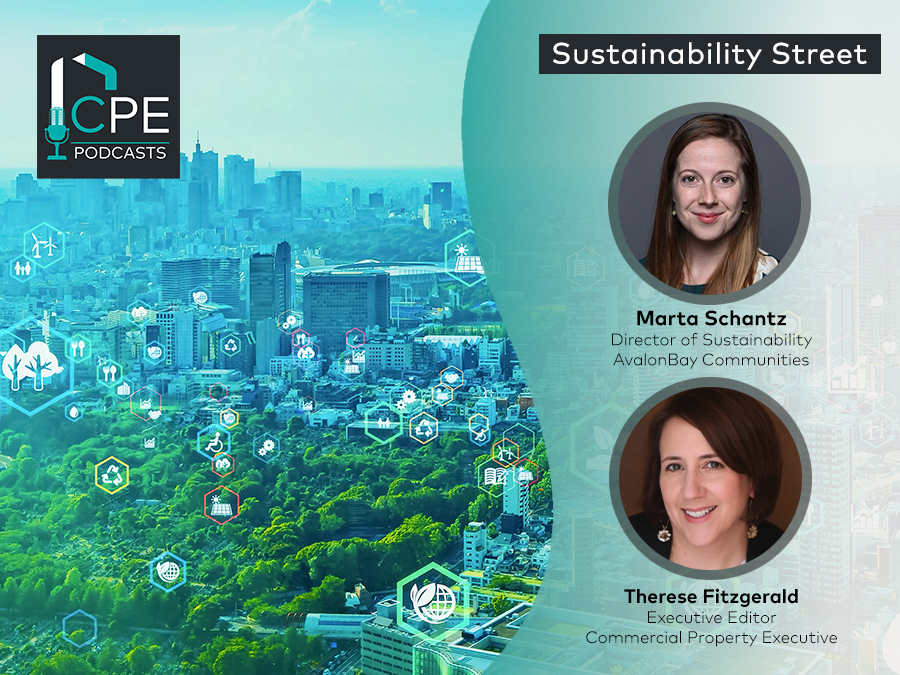

You must be logged in to post a comment.